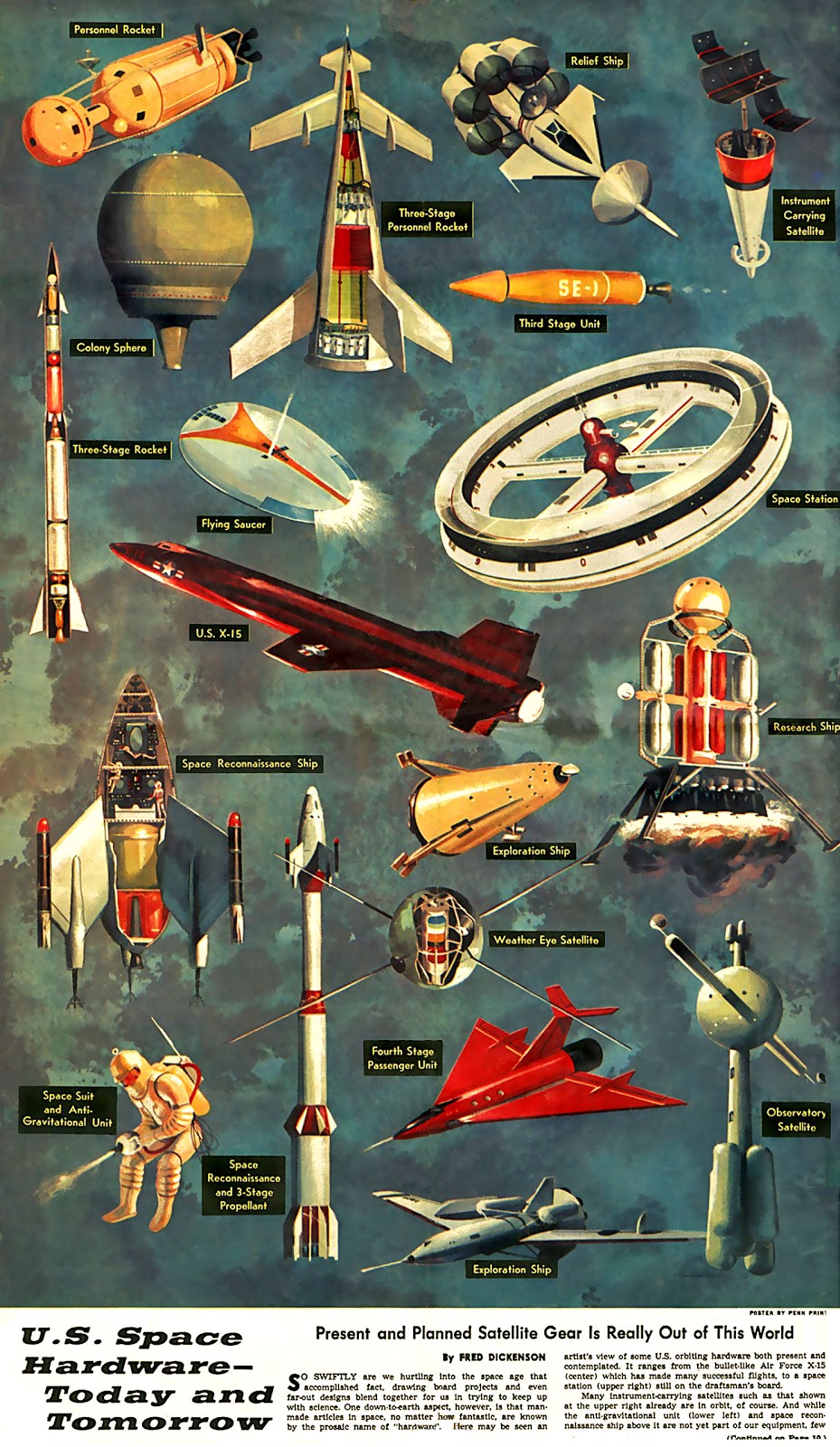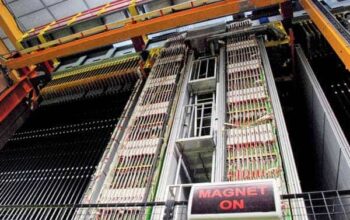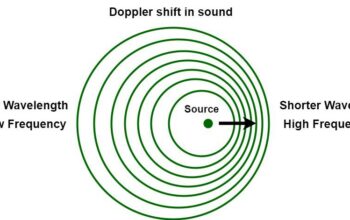In the rapidly evolving landscape of quantum technology, Mega Devices emerges as a significant player, capitalizing on the transformative potential of quantum hardware. These devices stand at the intersection of physics, engineering, and information technology, poised to revolutionize industries and redefine our understanding of computation. This article endeavors to elucidate the pivotal role of Mega Devices in propelling the development of quantum hardware, exploring the scientific principles, engineering challenges, and future implications associated with their use.
At its core, quantum hardware harnesses the principles of quantum mechanics—a field that delves into the behavior of matter and energy at the smallest scales. Unlike classical bits, which serve as the fundamental units of information in traditional computing, quantum bits, or qubits, can exist in multiple states simultaneously due to the phenomenon known as superposition. This property enables quantum systems to process information in ways that were previously deemed unattainable. Mega Devices, with their advanced capabilities, leverage this principle, promising to exponentially enhance computational power.
The genesis of these devices can be traced back to the confluence of several scientific disciplines: condensed matter physics, materials science, and computer engineering. The materials employed in the construction of quantum systems are crucial; they must exhibit properties such as low thermal conductivity and high coherence time. This is where the innovation of Mega Devices shines through, as they utilize cutting-edge materials including superconductors, topological insulators, and entangled photons. The combination of these materials ensures that qubits maintain their quantum states long enough to perform complex calculations, thereby maximizing efficacy while minimizing decoherence—a phenomenon that disrupts quantum information.
Moreover, the architectural design of Mega Devices is not to be underestimated. The layout of qubits within a quantum processor involves intricate engineering to facilitate effective qubit interaction. Quantum gate operations, akin to classical logic gates, are executed through precise control of qubits using laser pulses or electromagnetic fields. The intricate calibration of these operations is paramount, necessitating sophisticated algorithms and feedback mechanisms to adjust for environmental noise and other disruptive factors. Thus, the development of robust control systems is an area where Mega Devices differentiate themselves, pushing the frontier of quantum technology.
The applications of quantum hardware manufactured by Mega Devices are as diverse as they are compelling. Sectors such as cryptography, drug discovery, and materials science stand to benefit immensely from the unprecedented processing capabilities afforded by these systems. For instance, quantum algorithms could potentially crack cryptographic codes that are currently deemed secure, leading to a rethinking of cybersecurity measures. Likewise, in pharmaceuticals, the ability to simulate molecular interactions at a quantum level could expedite drug development processes, ultimately saving time and resources.
In addition to their practical applications, Mega Devices’ quantum hardware invites a philosophical reconsideration of computation itself. The implications of quantum supremacy—the point at which quantum computers outperform classical systems—reshape our conception of problem-solving, efficiency, and the very essence of computing technology. A realm that was once confined to theoretical exploration is now concretely realizable, enticing researchers and technologists alike to explore the boundaries of what is possible.
Yet, despite the promising horizon that Mega Devices presents, numerous challenges remain. The transition from prototypical quantum systems to stable, scalable devices that can operate reliably in real-world settings is fraught with complexity. Challenges such as error rates, qubit connectivity, and thermal management require innovative solutions and interdisciplinary collaboration. Mega Devices, however, approach these hurdles with a unique perspective, fostering partnerships across sectors while investing in sustained Research and Development initiatives. Such strategies are crucial for catalyzing breakthroughs and fostering innovation.
Additionally, Mega Devices recognizes the significance of public understanding and acceptance of quantum technology. The pervasive misconceptions surrounding quantum mechanics often lead to skepticism regarding its applicability. Thus, educating the public on the fundamental principles of quantum computing and its potential applications is vital. By fostering a deeper appreciation of the science underpinning these technologies, a more informed discourse can emerge—one that piques curiosity and encourages further investment and exploration.
As we cast our eyes toward the future, it becomes evident that Mega Devices and their contributions to quantum hardware will undeniably shape the trajectory of technological advancement. The promise of high-dimensional computing capabilities, the potential to address historically intractable problems, and the transformative impact on industries collectively signal a paradigm shift. The landscape of innovation is being redefined through the lens of quantum technology, encouraging both skepticism and wonder.
In conclusion, as we delve into the burgeoning realm of quantum hardware, Mega Devices stands as a beacon of ingenuity and promise. The intricacies of their technology, the robustness of their applications, and the philosophical implications of quantum supremacy invigorate a conversation that is poised to escalate in urgency and importance. While the path forward is undoubtedly challenging, the potential rewards—ranging from revolutionary computing capabilities to profound enhancements in societal functioning—underscore the imperative to continue pushing the boundaries of quantum exploration. Each step taken today in the field of quantum hardware sparks a myriad of possibilities for tomorrow; the question remains, how far can we venture into this new epoch of technology?










